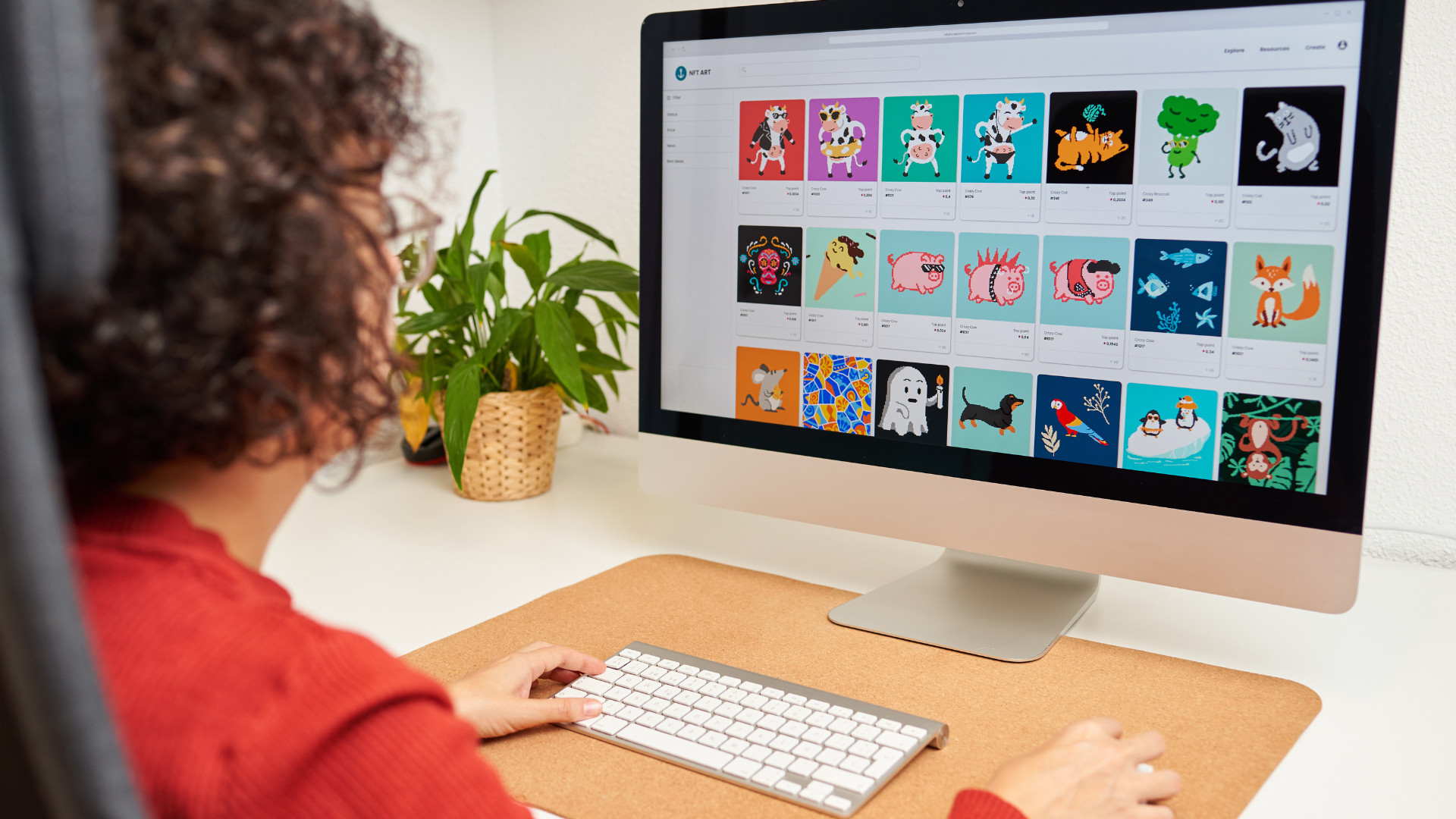NFTs are a new type of digital asset that mimics the way traditional assets like stocks and bonds work. But unlike regular assets, They exist on decentralized blockchains, like a Bitcoin or Ethereum network, which eliminates problems related to centralized entities like banks. Because NFTs exist on a decentralized blockchain, they’re perfect for holding small amounts of value. Still, developers are working on ways to attach them to larger assets, like real estate, which would make them useful in more than just the gaming world.
The rise of cryptocurrencies in the last few years has spawned a new type of digital asset known as an NFT, or non-fungible token. In other words, it is an asset that has its own unique identifier that has nothing to do with what it represents. In the case of Bitcoin or Ethereum, NFTs represent bitcoin or ether, respectively. They are minted when a cryptocurrency is mined (bitcoin, for example) and are traded on open markets where users buy and sell them. But there are other ways to create NFTs, for example, with software.
Create a MetaMask wallet account
MetaMask is the first user-friendly, browser-based Ethereum wallet. It’s free, easy to install, and easy to use. Master end-to-end encryption, private keys, and permissions on the web and mobile, and start using Ethereum today; no technical expertise is required.
MetaMask is a browser extension that places a layer between the website and your web browser’s native platform. This safeguards your privacy and allows you to interact seamlessly with blockchain-based websites without needing to download, store, or manage blockchain-specific software. Just install the extension in your browser to work with blockchains.
Create an OpenSea account and connect a wallet
Creating an account on OpenSea is relatively simple. First, visit ode.sx, the site’s web address. Next, click the red button that says “Create a Wallet.” This will prompt a window to appear, asking you to create a wallet name. You can give it a name of your choosing, but keep in mind that wallet names are permanent and will not be changed once you’ve created your wallet. When you’re ready, click “Create Wallet,” and your wallet will be ready for you to log in.
Set up your NFT collection
If you want to start making your own NFT apps, then you need to set up your Ethereum Virtual Machine (or VM). The VM is the blockchain host, which pushes transactions around. In this guide, we’ll walk you through each step of setting up an NFT collection, which you need to create the Beanstalk test network.
To set up an NFT (non-fungible token) collection:
- Visit a collection page.
- Select one of the asset packs.
- Select the number of tokens you want to receive. The NFT will transfer after 14 days, and you will receive them via email.
Select Polygon Network
The Select Polygon Network geodata tool creates subnetworks of polygons that align with other polygons. The subnetwork of polygons is created by overlapping two or more polygons. It is possible to define how many subnetwork polygons exist and where in the subnetwork, sub polygons intersect. This technique is useful in analyzing regions and countries that contain multiple regions or countries.
Start minting
Minting your own physical paper money may seem a bit antiquated in the age of plastic credit cards and Chase Sapphire cards. Still, once you get started, you’ll probably be surprised at how easy and affordable it is to create your very own bills. And bringing the process of making your own money into your home is a fun way to teach your kids about history, geography, and economics. All you need is a set of coin dies, a high-powered printer, and paper or card stock. If you order your dies, coin blank, and ink online, you won’t have to pay the hefty fees that artists’ shops charge, and you can choose your own design. For those who like to make more than one set at a time, the metallic ink is washable, so you can keep using the same dies and paper over and over.
The minting of NFTs is a very interesting topic explored in many research papers with different approaches. Few of these approaches can be confirmed as reliable, performing, and scalable. It is a very interesting topic explored in many research papers with different approaches. Few of these approaches can be confirmed as reliable, performing, and scalable.

